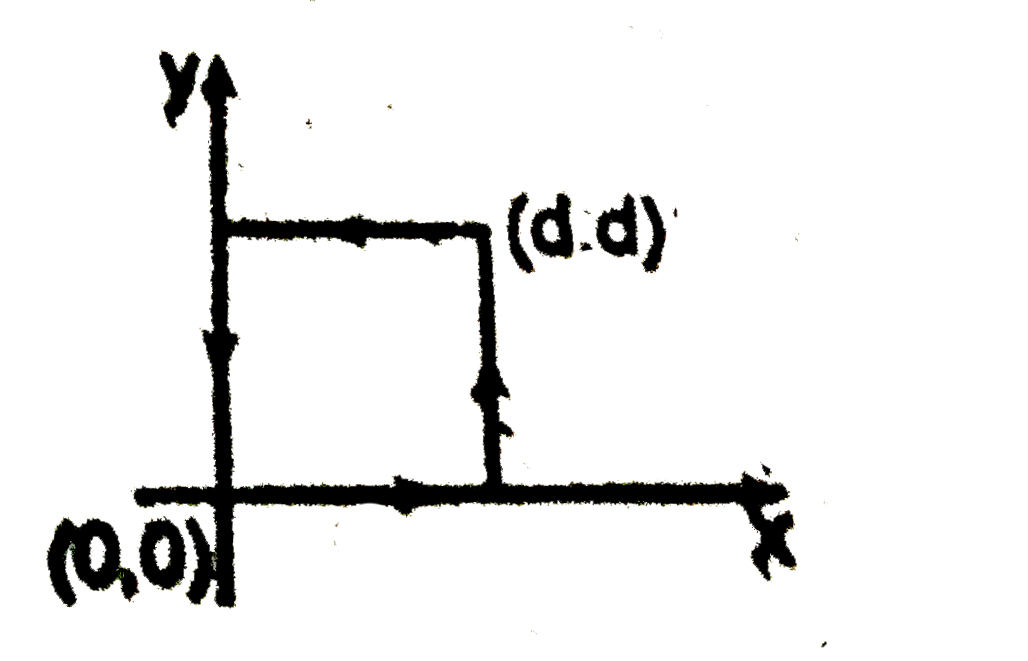The work done an a particle of mass by a force
(a,0)(0,a) along a circular path of radius a about the origin in x - y plane is
A
B
C
D
0
Video Solution
Text Solution
The correct Answer is:D
Particle is moving on a circle with equation :
|
Topper's Solved these Questions
- WORK, ENERGY AND POWER BOOK - MODERN PUBLICATIONCHAPTER - WORK, ENERGY AND POWER EXERCISE - Objective Type Questions (C. Multiple Choice Questions)
16 Videos
- WORK, ENERGY AND POWER BOOK - MODERN PUBLICATIONCHAPTER - WORK, ENERGY AND POWER EXERCISE - Objective Type Questions (D. Multiple Choice Questions)
10 Videos
- WORK, ENERGY AND POWER BOOK - MODERN PUBLICATIONCHAPTER - WORK, ENERGY AND POWER EXERCISE - Objective Type Questions (JEE (Main) & Other State Boards for Engineering Entrance)
31 Videos
- WAVESBOOK - MODERN PUBLICATIONCHAPTER - WAVESEXERCISE - CHAPTER PRACTICE TEST
14 Videos
Similar Questions
Knowledge Check
The maximum distance of the point (a, 0) from the curve 2x2+y2−2x=0 is -
A√1+2k−k2B√1−2k+2k2C√1+2k+2k2D√1−2k+k2A force F=−K(yˆI+xˆj)(whereKisaposiveconstant)actsonapartic≤mov∈g∈thexypla≠.Start∈gformtheorig∈al,theparticalistakenalong∈thepositivexaξs→thep∮(x,0)andthenpartical→theyaξsthep∮(x,0).The→talworkdo≠bytheforceF on the particls is
A−2Ka2B2Ka2C−Ka2DKa2A force F=−K(yˆi+xˆj), acts on a particle moving in the x-y plane. Starting from the origin, the particle is taken along the positive x-axis to the point (a,0) and then parallel to the y-axis to the point (a, a). The total work done by the force is
A−2Ka2B2Ka2C−Ka2DKa2
If the image of the point (1,2,3) in the plane x+2y=0 is (h,k,l)then l=
View SolutionThe maximum distance of the point (k,0) from the curve 2x2+y2−2x=0 is equal to
View SolutionThe distance of a point (2,3) from the line 2x -3y + 9 = 0 measured along a line x-y +1 =0 is :
View SolutionLocus of image of the point (2,3) in the line (2x−3y+4)+k(x−2y+3)=0,k in R is
View SolutionThe work done by the force →F=A(y2ˆi+2x2ˆj), where A is a constant and x & y are in meters around the path shown is :

View Solution
